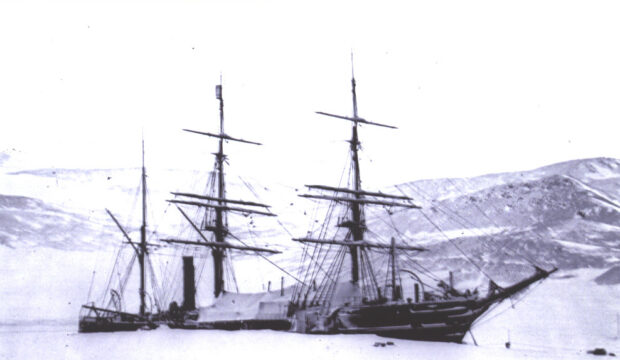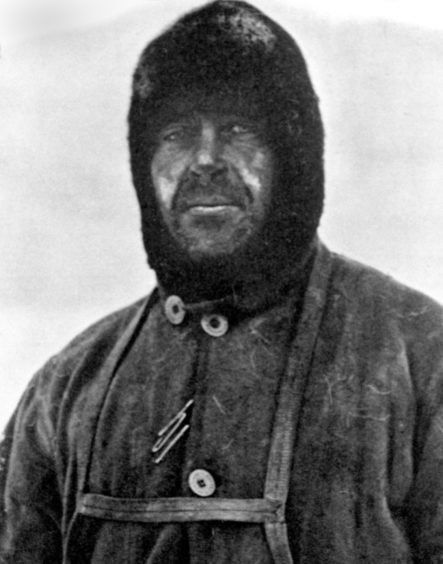Dundee’s most famous expedition team is still leading scientists to modern breakthroughs, more than a century after departing the Antarctic.
Biological specimens which returned aboard Captain Scott’s RRS Discovery in 1904 have unveiled “potentially crucial” details which could boost further study into climate change.
Researchers from Dundee University and the Natural History Museum London have been working with colleagues from Wyoming in the USA to examine the blue-green algae unearthed from the ice more than a century ago.
These ancient specimens will provide a “snapshot” of how the environment and ecology of the planet existed, prior to coming into contact with man-made pollutants.
The work will be published in the European Journal of Phycology and, according to contributing team member Professor Geoffrey Codd, it could prove vital to understanding how humans are affecting the planet.
Blue-green algae, or cyanobacteria, can be found in water bodies, such as lakes, ponds, oceans and rivers, across the globe.
Despite its value as a a signpost to damage to the Earth’s environment, it is potently toxic when in bloom – capable of killing animals and causing serious illness in humans — and is on the rise.
Professor Codd said: “These findings from the Discovery expedition will provide crucial baseline information, given the steady global increase in cyanobacterial populations.
“These increases are in response to climate change and the growing human pressures on our water resources.
“Using modern analytical methods, we have identified several cyanobacterial toxins in the material, the earliest evidence of these toxins in Antarctica from a period before any real human influence on the continent and before the current period of increasing evidence for climate change.
“Modern molecular methods are allowing us to fully examine and reveal the merit of these samples.
“Having carried out research for many years on cyanobacteria and especially their toxins at Dundee University, it is interesting to think that samples returned on that iconic ship are still proving valuable to science more than a century later.”











